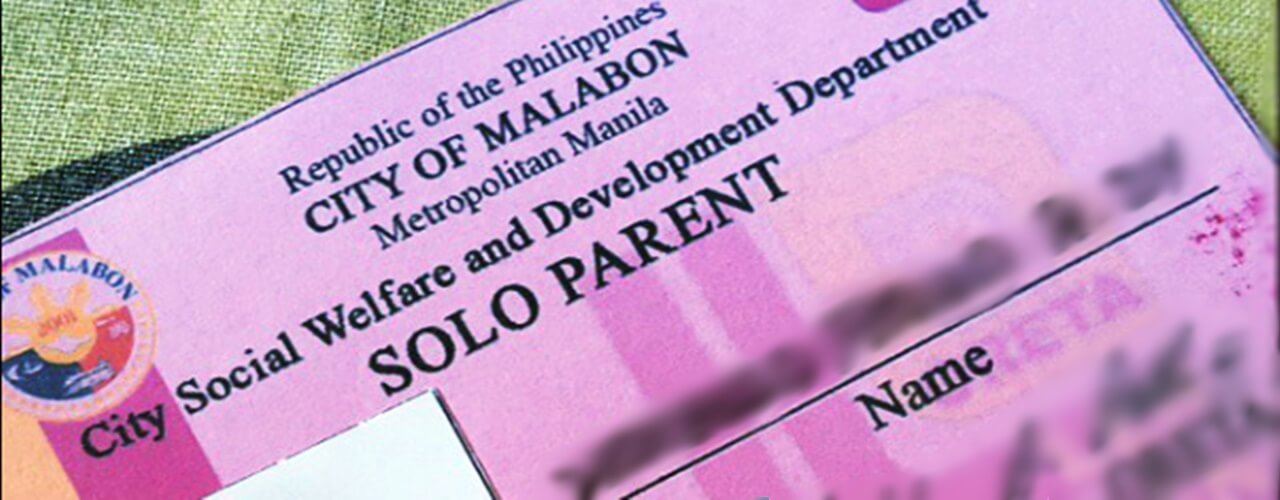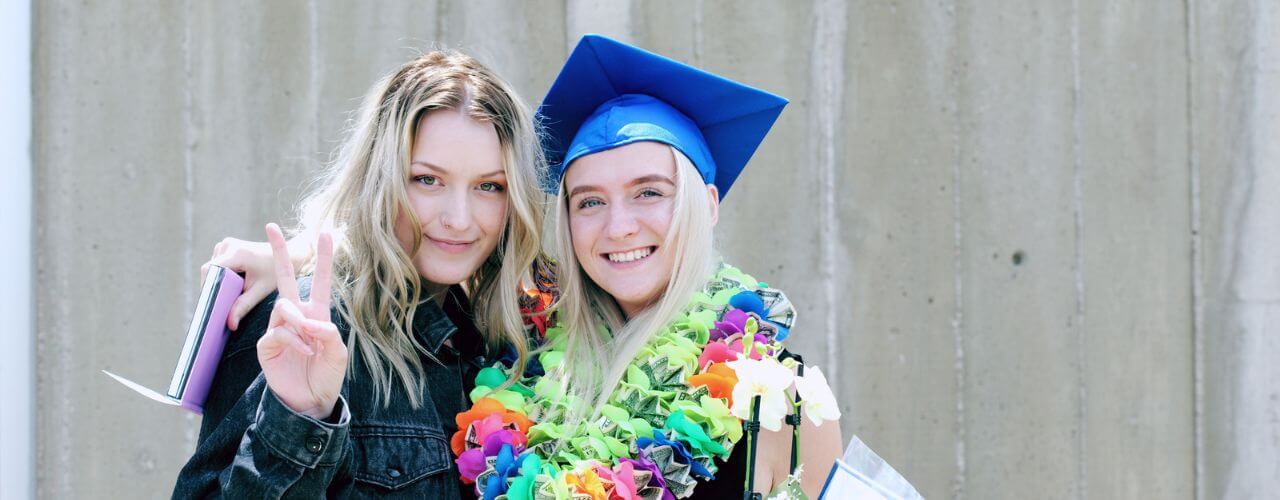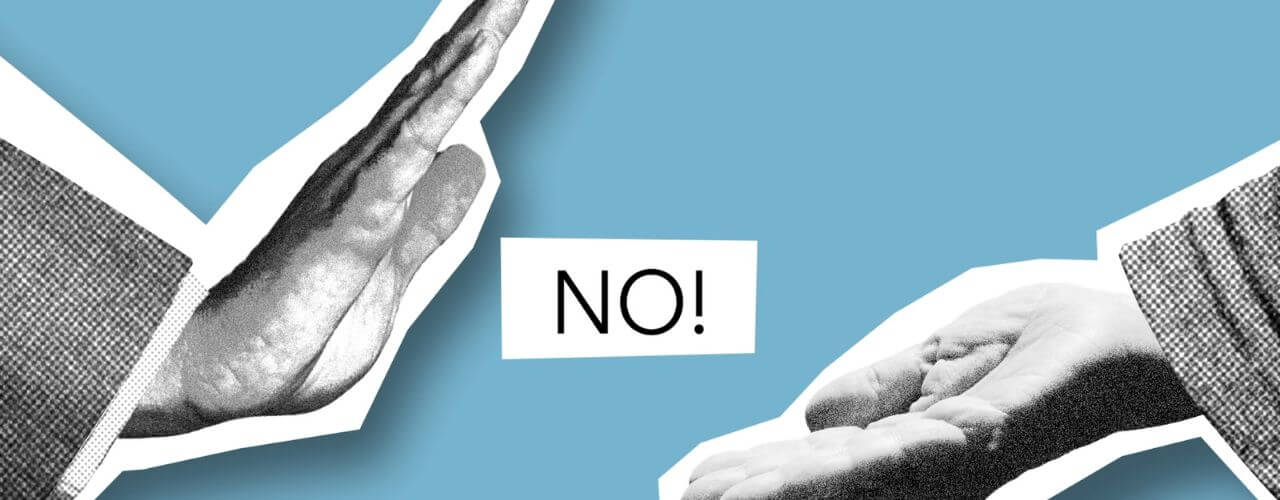
Table of Contents
What is the Solo Parents Act in the Philippines?

The Solo Parents Act of 2000 RA 8972 and the Expanded Solo Parents Act of 2022 RA 11861 help support solo parents by giving them benefits such as leave, cash subsidies, priority and support from other government units.
As Philippine Labor Lawyers, we will be discussing the Solo Parents act in the workplace which is Solo Parents Leave.
Let’s begin.
Who is considered a Solo Parent in the Philippines?

The following are considered Solo Parents:
- A woman who gives birth due to rape or other crimes against chastity provided that she keeps the child
- Parents with the responsibility of parenthood due to the other spouse’s death, physical/mental incapacity or having at least a 1-year criminal sentence.
- Parent separated from spouse for at least a year who is responsible for the children;
- Annulled parent with custody of the children
- Unmarried parent with custody of the child
- A person who solely cares for a child or children;
- A family member who cares for the children due to the death, abandonment, disappearance or prolonged absence of the parents or a solo parent
The Expanded Solo Parents Act also considers a Solo Parent someone:
- Whose spouse is an OFW in a low-skilled area and has been away for an unbroken period of at least 1 year.
- Who has been abandoned by a spouse for 6 months.
How to avail of Solo Parent Leave

As a result of the Solo Parent Law RA 8972 and RA 11861, Philippine Labor Standards now include a 7-day paid leave benefit.
The specific requirements vary from company to company, but they generally include the following:
- Solo Parent ID with the requirement that it is either current or within the last 2 years
- Service of 1 year, IRR of RA 8972
- Notified the company in sufficient time perhaps by filing a Solo Parent Leave form
Solo Parent Leave is administered by the companies and that is why the requirements may slightly differ in detail.
To be sure, check with your company HR and read through the company policy to see what the exact process is in your workplace.
What should a Solo Parent Leave Policy contain?

A valid Solo Parents’ leave policy should contain the
When do the benefits end?

The benefit ends when you are no longer a solo parent or when your child is more than 18.
You are no longer a solo parent when you no longer have the responsibility for the children.
How many days is Solo Parent Leave in the Philippines?

Solo Parent Leave in the Philippines is 7 days.
How much is the Solo Parent Leave Benefit?

Solo Parent Leave is your full pay as based on basic salary and mandatory allowances by the Regional Wage Board.
It should not be lower than Minimum Wage.
Can you apply for Solo Parent Leave for older children?

No, Solo Parent Leave is available only for parents whose children are 18 years old and dependent on the parent for support. (Sec 3b Solo Parents Act)
It is only available for children who are older than 18 if the child has a mental or physical disability (for which proof such as a medical certificate may have to be given.)
Can I use Solo Parent Leave on a staggered basis?

Yes, you can use Solo Parent leave throughout the year as needed.
There may be some notification requirements if you decide to use a long period of leave at your company, so be sure to check with your HR.
Is Solo Parent Leave convertible to cash?

No, Solo Parent Leave is not convertible to cash.
If the Solo Parent Leave is not used within the year, then this cannot be paid out to you.
It is really for the execution of parental duties when physical presence is needed.
Is Solo Parent Leave cumulative?

Solo Parent Leave is not cumulative as per the Solo Parent Implementing Rules and Regulations.
This means if there are unused leaves at the end of a year, this cannot be carried over to the next year.


6 Comments
wala po akong record sa munisipyo namin ano gagawin ko kase kailangan ko po sa collage lalo na ngayon graduating nako ng senior high
I am not sure what record you mean, since this post is about solo parent leave?
Kuhaan kupo Ng no record Yung anak ko po
The first step is to check at the PSA. Then the LCR, if your child is very young.
Psa no record
For old records, check the above article to see where you can look for the record. For new records, check at the LCR to see where it is in the processing.